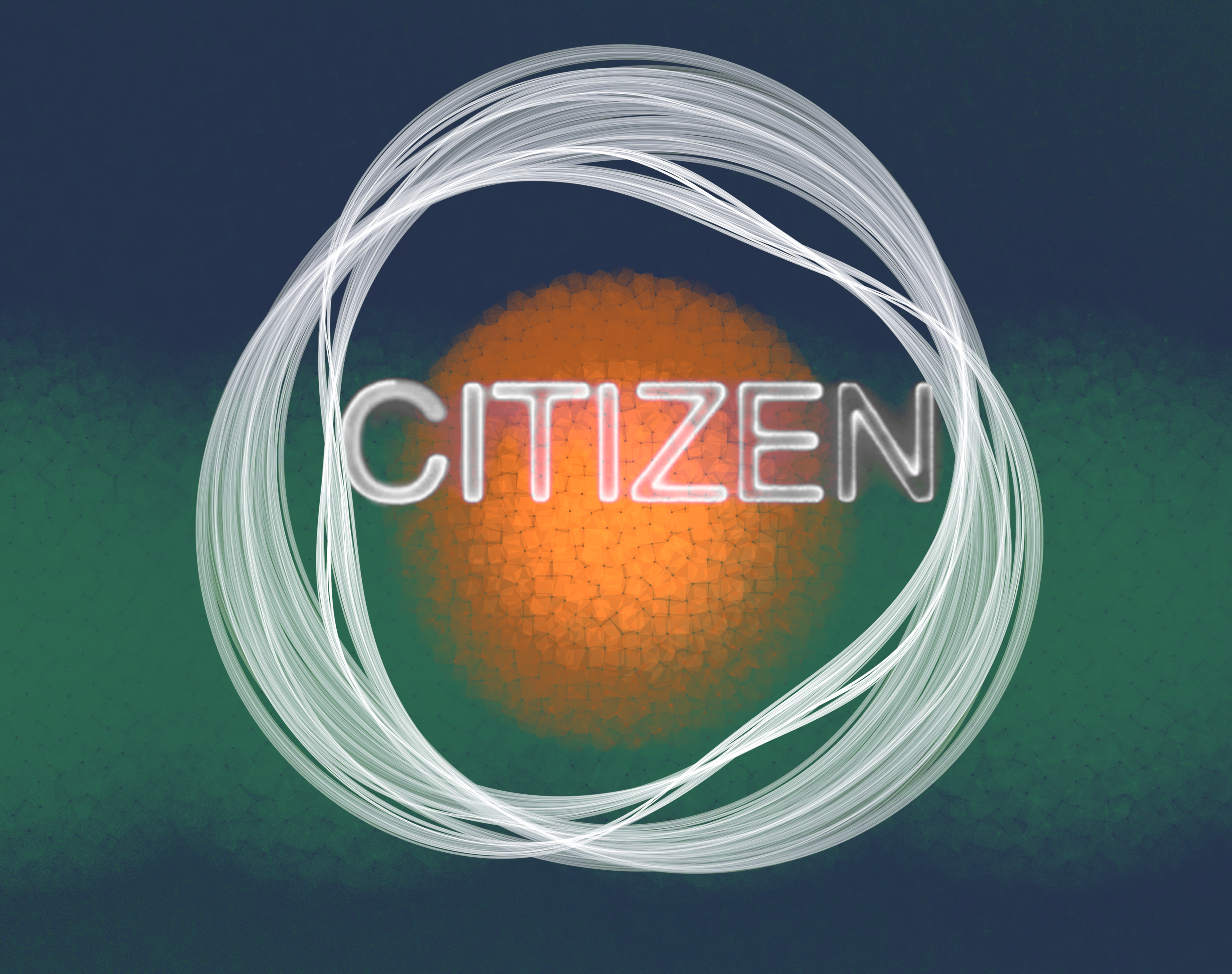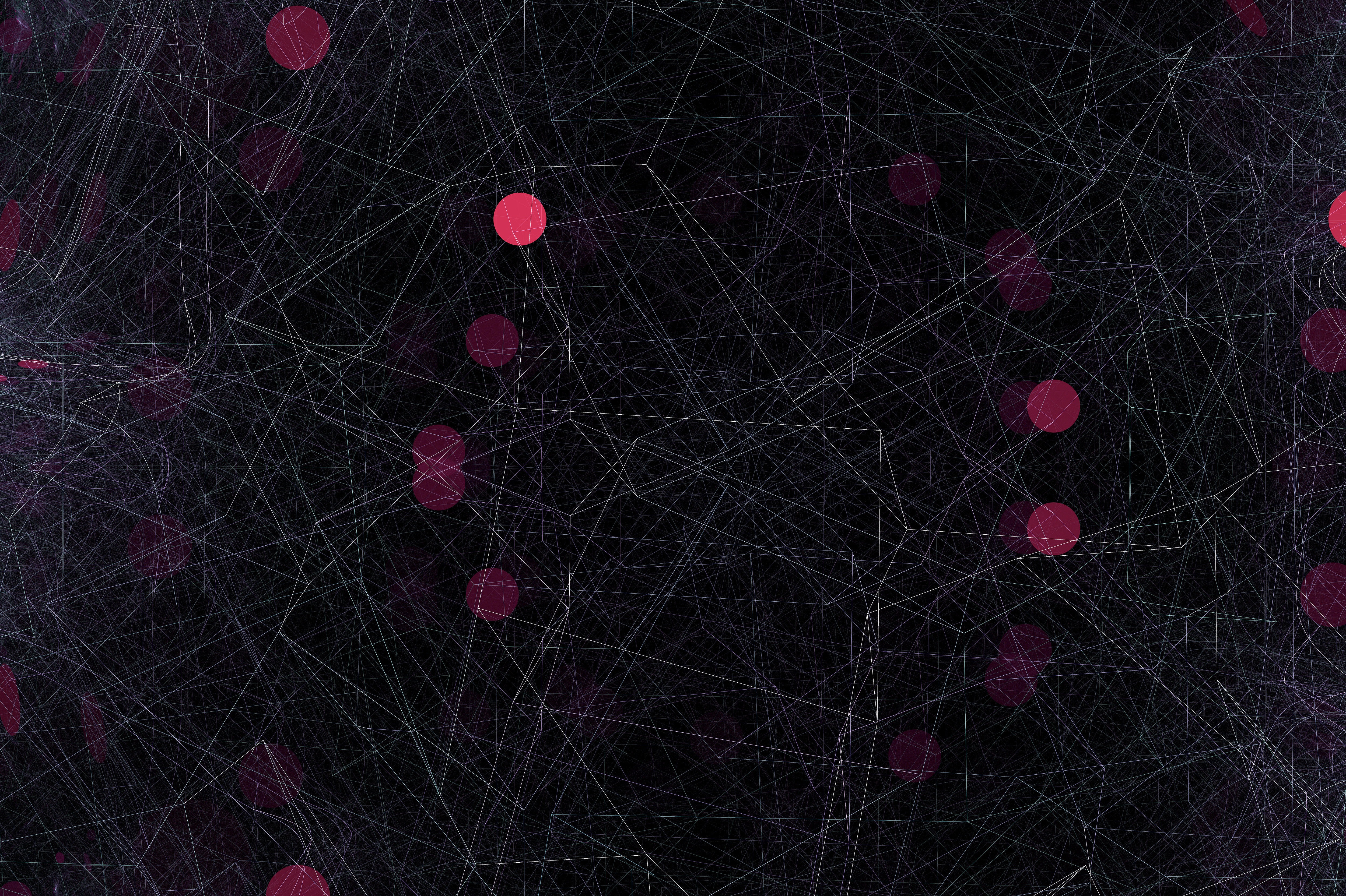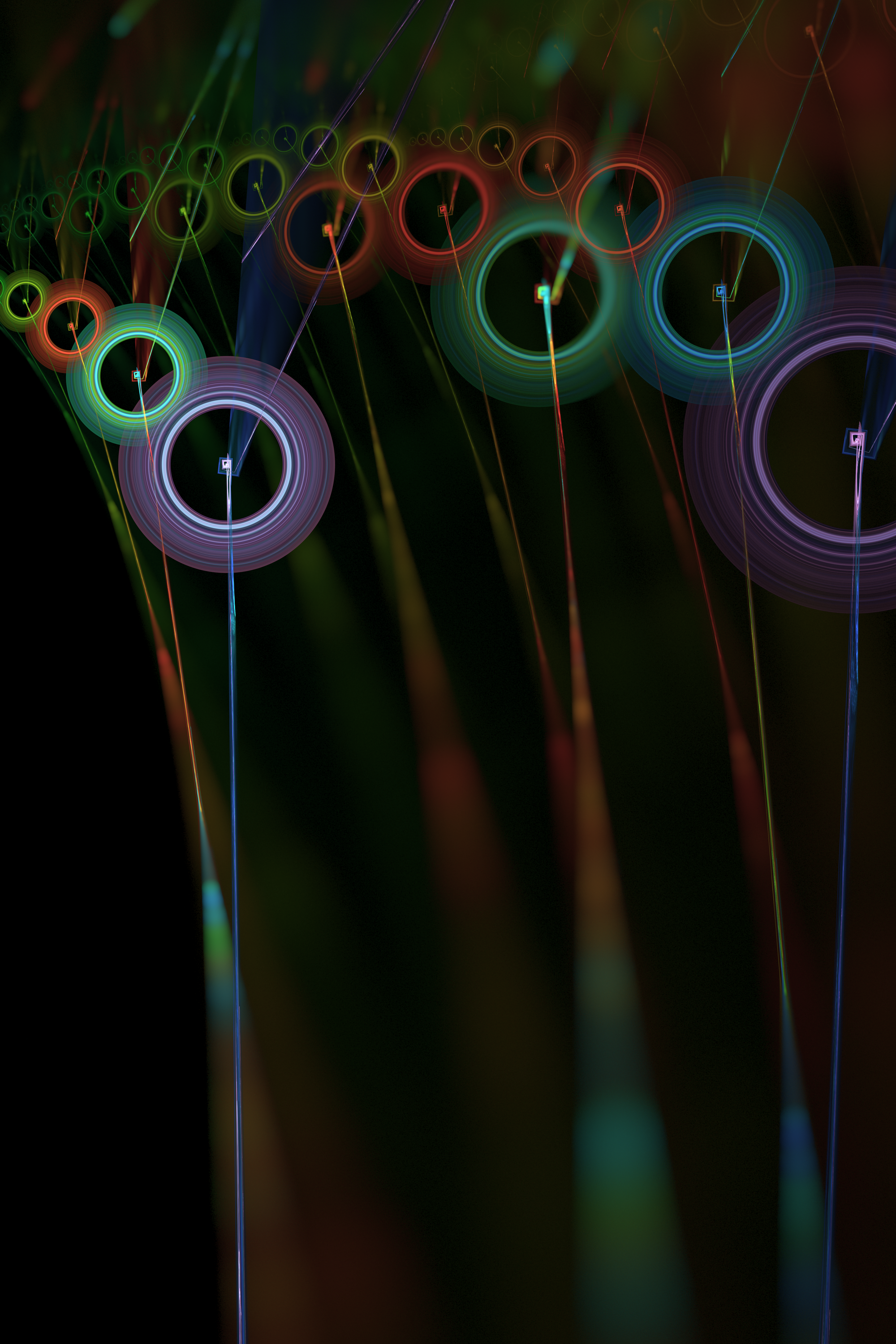



By the end of the year everything had changed. At first it came from our national network of art and design institutions — fresh, powerful manifestos redefining the conceptual framework of our shared world. First principles aimed to empower artists and designers to transform communities. “Global threats can only be vanquished by art,” they said. “Artists and designers should be at the forefront of articulating how systems can be regenerative, resilient, and functional within a highly dynamic and ambiguous terrain,” they said.
At first the protests were covered by the media with some measure of amusement, but within weeks — with the numbers growing and with more sites of protests popping up internationally — the coverage deepened, delving into ideas and examining our activist gestures. Social media played a role, with influential voices from a variety of creative fields showing support for this emergent movement. When the audiences showing up to experience the art protests became too large, interfering with traffic and the operation of airports, municipalities had to listen.

Within a year the movement was politically mobilized, with six City Councils nation-wide holding an Art Party majority. Then with the federal election came the Iridescent Wave, securing a majority artist-run Parliament. With the first Prime Minister with a background in internet art suddenly able to rework governmental paradigms with broad support across the aisle, parties collaborated to dismantle the colonial framework and declare feminist and non-binary intersectional, indigenized art-led rule.
People began to see the impact of applied, iterative material and conceptual approaches driven by research and critical analysis. This era saw a collective effort on the part of many organizations across sectors to reevaluate working methods and shift how artists were engaging with their core mandates. Small business owners started to hold reading groups around critical texts. In a highly significant historic moment, a motion to ratify an ethical regime of art inspired by the writings of Ranciere was introduced on Vancouver’s municipal council agenda as an item of debate. So many people registered to speak at this meeting that the traffic grid around city hall was shut down, which has been shown to be a direct cause of the strike that eventually resulted in the creation of the Digital Transportation Platform Collectivism agreement, ratified in 2023, creating incentives for digital platforms built on collective ownership.
Soon Silicon Valley turned its attention north, seeking vehicles for investment. Early forays into these communities demonstrated to these investors the need to align to a systems change. Instructed to articulate returns on investment distinct from a 10x profit margin goal, investors engaged subject matter experts including curators and community organizers, who successfully advocated for a new evaluative paradigm, which is still in use.
Venture funds began to make seed investments in promising initiatives such as the #DigitalEarthWorkingGroup, a consortium of artists and researchers building foam-inspired inflatable networks. This led to the well-known IPO of ArtFoam, the 700-person collective producing and researching foam and its constituents, which is a major driver of art-led economic activities in Moncton even today. Historical researchers argue that this foundational research laid in place the ethical currency movement which eventually replaced venture investment and established Canada as an international leader in media foam.

Opportunities like this have led to major investments in Field Art communities in the Maritimes, where performance artists working primarily in video were pioneering new political structures. There is convincing scholarship to support the idea that without this massive paradigm shift we would not have our current system, in which video artists drive citizen engagement across the political spectrum, taking great care to explore issues and enact trauma in a way that is interesting and funny as well as contributing to the advancement of the political genre.
Activity in the prairies was equally swift. Open space initiatives, originally developed to recognize the value of the horizontal plane, have enabled an explosion of digital experimentation around large-form Augmented Reality. That supercluster is now leading the national conversation on imagination graphics.
Arguably, the explosion of interest in installation art in the major cities created the conditions for the First Primary Shift, which changed quantum computing forever and led to the establishment of the Seven Spheres of Human Experience. At that moment the broader population — first in the larger centres but followed shortly by rural initiatives — finally understood themselves as a set of diverse populations that were informed, shaped, and guided by art, specifically digital and interactive art in public spaces. The need during those revolutionary times to have a touchpoint was clearly expressed in the camaraderie, audience mood, and political mobilization that we can now see as being a transformative force for the effects that came next.
A remarkable slate of artists stepped forward who had never been in the light before. We could see that these were people possessing vision, deep organizational skills and political acumen. These were practitioners who had been able to infiltrate any number of systems and orient them, through exploratory research, toward the agenda of human creativity and potential. What they made, as they worked, gave shape to our collective humanity. What it meant for us was nothing less than a moment of incredible self recognition as a society and culture. We can see some of these stories reflected in statuary, notably the famous 10,000 Small Nodes for Real Action, fashioned from repurposed aluminum window frames from defunct megachurches, which is permanently installed in the nation’s capital.
For the first time artists were embedded in every level of both government and corporate decision-making, finally able to ensure that the analysts and strategists shaping our collective futures remained critically and imaginatively engaged around what is possible.
Of course this is an ongoing process that requires us to be vigilant in our supervision of C-suite executives. We require daily reports from corporations that prioritize shareholder value over stylish and meaningful activity. Some of these organizations continue to operate despite pressure to responsibly implement planning aligned within the Second Primary Shift. For example, when asked to report on profit within a Quantum Meaning Impact Table, some still struggle.

As we hoped it would, system-wide successes started to feed back into educational systems. Our graduates became rich, then powerful. Some art school alumni were personally moved for the first time to donate small sums of money to the few solitary geniuses who continue to toil within now-defunct oil companies. There is some prestige in supporting such impractical and intriguing activity. We recognize oil & gas as a legacy industry that is important to our understanding of history, so we support historical research with small annual grants through the Material Archaeology Program. The Museum of Fuel continues to do amazing work contextualizing this historical phase of energy development, and has developed a world-renowned VR experience comparing and contrasting fossil fuels with past oil industry paradigms such as whaling.
Without doubt we are still responding to the challenges arising from a healing earth, but we are confident in our approach. During the North Central disasters for example we airdropped food, supplies, and teams of artists with expertise in social practice, where they co-created an array of lightweight, reflective structures that provide both mental stimulation and physical sustenance. Each year the forest industry carefully dismantles redundant built-environment sprawl and replaces it with plantings approved by the Global Silviculture Guild in an effort to restore the natural earth networks of our planetary system.
All decisions relating to city planning must go through an artist council, which has resulted in cities that serve the people by focusing on the intense power of public realm activation and whole-system analysis. You can see how beautiful our houses and spaces have become, how colourful and spatially experimental. How simple and well managed in the absence of market pressures. We have shown what can emerge from more flexible housing typologies, for example the Small Cottage in the Forest initiative, grounded in urban reforestation, and supports for the mega-friend movement.
“ All decisions relating to city planning must go through an artist council, which has resulted in cities that serve the people by focusing on the intense power of public realm activation and whole-system analysis.
The same is true for fashion and manufacturing: the discovery of Malleable Form-Fabric changed everything. Suddenly we were able to harness the world-building abilities of the plastic arts without suffering the toxicity of plastic. In addition, the efficiencies presented by this technology have allowed us to restructure how humans interact with work. Our Universal Basic Outcome program is structured to incentivize creative activity in the population.

Though a small number of people have chosen to continue in jobs that don’t meet the Life X criteria, most jobs that are not healthy for humans have been ported to the domain of Form-Fabric robots and AI, leaving humans and non-human animals with time to strengthen relationships between ourselves and each other. In the early part of the 21st Century people were afraid that without jobs they would be hungry, poor, or bored. In fact the opposite has shown to be true: regenerative agriculture provides far more than we need in order to thrive, and people are able to sustain themselves socially and mentally by engaging in research and creation, going to neighbourhood museums, enjoying designer foods, viewing international public realm commissions, or attending talks, workshops, and readings.
We can report extremely high success with the environmental agenda. Integrating environmental action into experiential learning initiatives has meant that our youth have captured 94% of Pacific Garbage Patch plastic, transforming it into fresh water and Proton Blocks. Design teams have almost completely reframed the burned areas, restoring access to many areas previously closed to visitors. Several high profile projects to connect artists and scientists created some of the most viable plans we have for both dark sky preservation and healthy outer sea intentionality.
The network of site-specific landworks spanning the globe have produced such an explosive array of context-aware technologies that we have been able to bring Infrastructure under the national purview of Cultural Services.
But we must also contend with our past. Now that technology has allowed us to learn the language of animals we have been able to hear first-hand the historical damage humans have caused through 100 years of industrial farming. Bos Taurus, now understood as a prominent modern member of the subfamily Bovinae, have been released from prisons and are rebuilding their cultures — in fact recently we are seeing excellent multisensorial convergent media properties that have been developed through the Culture League there. We have learned much about governance and organizational culture from our non-human animal communities and constituents: there is no doubt that this has accelerated our collective ability to function as a pluriculture.
Our Biennial cultures are thriving. Examples of successes here include several influential exhibitions co-produced by the Fondazione per l’Arte Moderna e Contemporanea in Turin and the Walmart Foundation for Smart Art, which have featured among other things a towering modular architecture that knits water resistant digital prints into garments for workers. This activity allows us to interrogate the anti-social practices of the past while problematizing emergent forms of material practice.
Formalizing what was once an ad hoc network of artist residencies worldwide has allowed opportunities to expand: multigenerational intercultural travel and embedded production has become a vibrant industry and de facto part of life for many people, replacing what had once been simply known as a taking a holiday.
Newly commissioned aerial drone footage demonstrates the material effects of having dismantled the capitalist system in order to replace obsolescent apparati with blockchain-enabled climate-beneficial agriculture. We are now implementing a program in which restorative justice for environmental polluters will be determined by conceptual artists.
These years have entailed a change in how we approach the military and international relations. As support for our national agenda spread among the international community, our government joined many nations in an initiative to transform the UN into a series of rhizomatic laboratories to engage artists, architects, academics, students and local citizens in conversation and debate around the past, present and future of global action within the context of Total Peace. Community-led collaboration led by the Sound and Light Infantries have helped local populations establish peace deals in most global conflict zones. Much infrastructure has been rebuilt, in some cases reactivated from archival photographs and then designed using projections, fans, and water. Although work remains to be done, the majority of the Knit-Together Nations have renewed commitment in our quest to restore global culture and heritage, to strengthen, renew and expand agendas toward indigenization, and to direct technological solutions toward collectively held and universally beneficial outcomes in health and science. Our key indexes remain stable and continue to centre us.